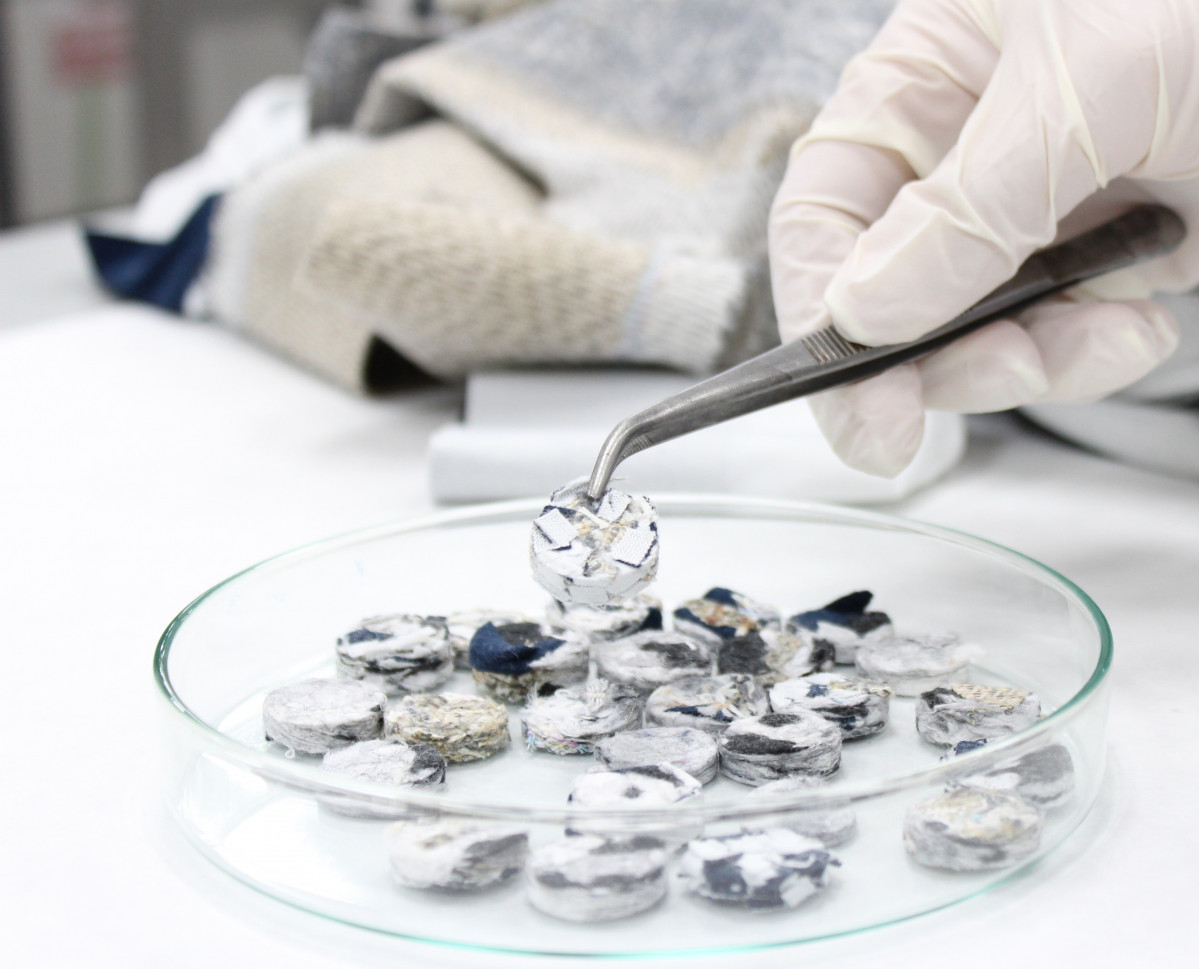María Porcel (ITE): “We have a pioneering infrastructure in the field of smart mobility”

The Centro Tecnológico de la Energía (ITE) is a benchmark in key research fields in the current transformation of mobility, as María Porcel, Head of R&D line for hydrogen materials at ITE, explains.
Lea esta entrevista en castellano
Interview published in AutoRevista 2.403
AutoRevista.- What capabilities does ITE utilize to develop innovative solutions in energy management and diversity focused on mobility?
María Porcel.- ITE has been a benchmark in the energy sector for over 30 years, advancing in different areas such as sustainable mobility. In this sense, ITE's capabilities can be grouped into two main areas: mobility communication and advanced innovation services for charging stations. The first encompasses the development and validation of communications protocols, while the second encompasses testing and certification of charging stations, the design and development of power electronics for charging stations, and technological consulting in the implementation and deployment of solutions such as mobility plans, data analytics, pattern and route characterization, and advice on station and vehicle selection. For all of this, ITE relies on a pioneering infrastructure in the field of smart mobility, such as the Smart Mobility Lab.
AR- What specific value has ITE contributed to the H2Enry project? What are the center's lines of activity focused on the development of a hydrogen-based economy?
M.P.- ITE has developed innovative materials for ion exchange membranes, improving key properties such as ionic conductivity, optical behavior, and thermal and chemical stability. It also addresses challenges associated with high-pressure hydrogen gas storage.
ITE, in collaboration with the other centers in the Network, is leading the development of simulation models for various renewable hydrogen production technologies. ITE is developing a toolbox as a simulation and design tool and as a system for diagnosing potential failures. This project is funded by the 2023 call for accreditation and grants for Technological Centers of Excellence (CERVERA), within the framework of the 2021-2023 state plan for research, science, technology, and innovation and the recovery, transformation, and resilience plan—funded by the European Union—NextGenerationEU, file CER-20231027.

AR.- What medium-term prospects does hydrogen offer for vehicle propulsion and in industrial processes such as automobile manufacturing?
M.P.- In the mobility sector, especially in heavy-duty transport, hydrogen fuel cell vehicles are beginning to stand out compared to traditional electric vehicles, thanks to their greater range and considerably faster recharging times. Its use in industrial fleets—such as forklifts or machinery used in ports—is also presented as a practical and clean alternative, especially in environments where implementing dedicated charging stations is already feasible.
At the same time, processes such as steel production, metal heat treatment, and heat generation in manufacturing plants—including those in the automotive sector—are already exploring the use of renewable H2 as a substitute for natural gas.
AR- How is the Center working on circular economy projects?
M.P.- More than working on end-of-life vehicles, ITE is committed to efficient vehicles. If we talk about materials linked to vehicles, we can talk about batteries, an area in which ITE covers the entire value chain, from battery production to testing, recycling, and second life. For this comprehensive approach, ITE has other benchmark infrastructure such as its Battery Lab and the Circular Carbon pilot plant, more focused on recycling and the circular economy.
M.P.- What are ITE's strategic plans for cooperation projects that leverage cross-cutting synergies for different stakeholders?
M.P.- Mainly, to continue investing in R&D&I projects together with companies and other social stakeholders, both regionally, nationally, and internationally. We transfer the knowledge and technology generated to the industrial sector so that they can benefit from new, more efficient and sustainable forms of production. To this end, we focus on strategic lines aimed at advancing the energy transition, such as recycling and the circular economy, batteries, sustainable mobility, energy efficiency and industrial processes, biotechnology, future networks, and renewable hydrogen.

EQUIP AUTO París 2025 celebrará su 50º aniversario, con el patrocinio de Emmanuel Macron, presidente de la República francesa, con una edición histórica y festiva. Del 14 al 18 de octubre de 2025, en Paris Expo Porte de Versailles, la feria congregará a más de 1.400 expositores y marcas en 100.000 m² y espera la asistencia de 100.000 profesionales.

El Centro Tecnológico de la Energía (ITE) es un referente en campos de investigación claves en la actual transformación de la movilidad, como nos explica María Porcel, responsable de línea I+D de materiales para hidrógeno de ITE.

CUPRA ha renovado sus modelos Formentor, León y León Sportstourer, combinando un diseño atrevido con tecnología inteligente y de vanguardia. Las últimas novedades incluyen la avanzada iluminación Matrix LED Ultra, una mayor ayuda a la conducción gracias al asistente de tráfico cruzado delantero, y el nuevo color de carrocería Dark Void.

ASEPA ha presentado la nueva línea editorial de sus publicaciones con la creación del ‘Observatorio EVomarket’, que tiene como objetivo ofrecer a todos los profesionales de la automoción una información clara y rigurosa de la evolución del mercado de los vehículos electrificados en España vs. Europa.

Pirelli ha lanzado al mercado un neumático producido con más del 70% de materiales de origen natural y reciclado, entre los que se incluye caucho natural certificado por FSC (Forest Stewardship Council).
